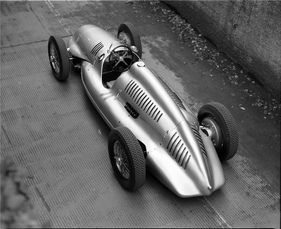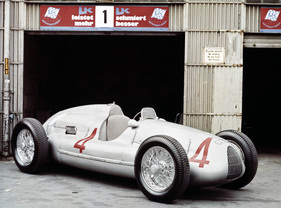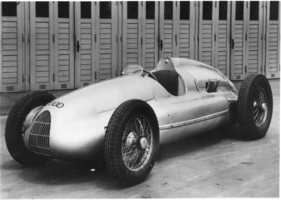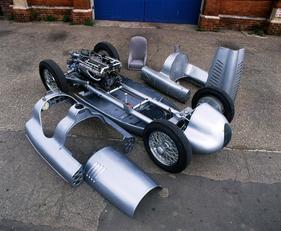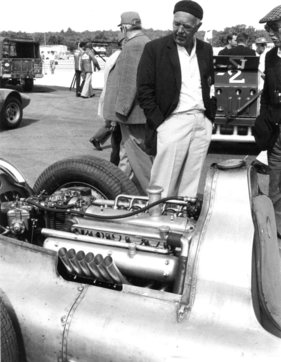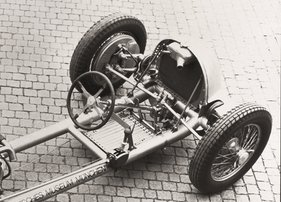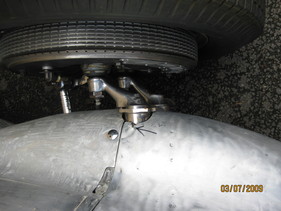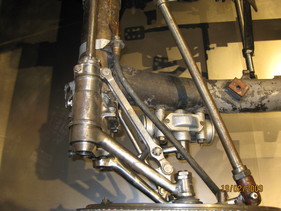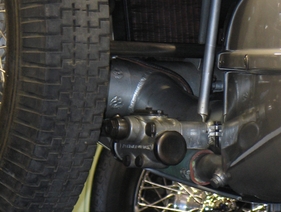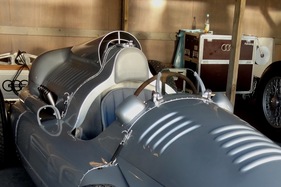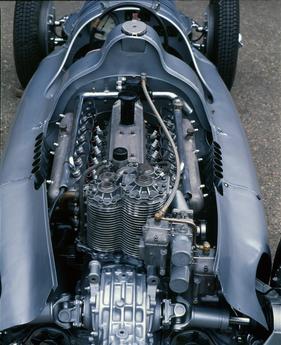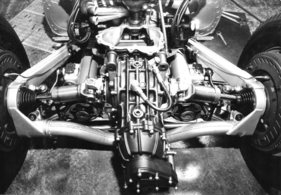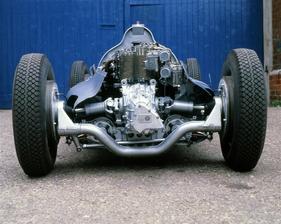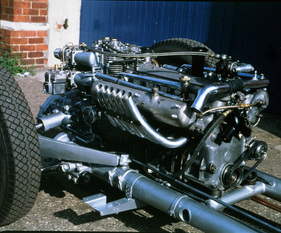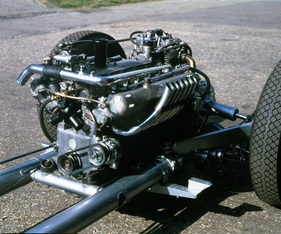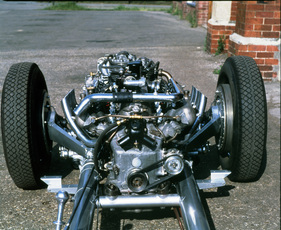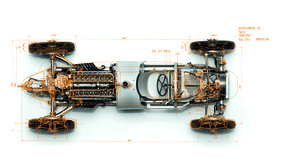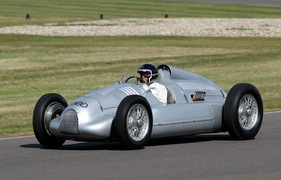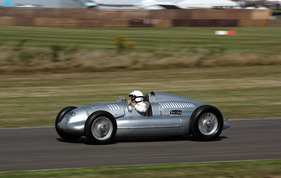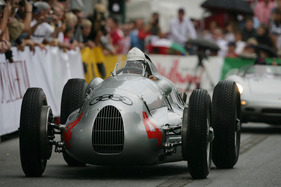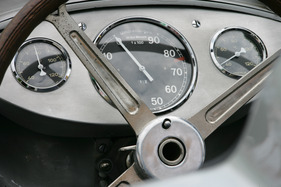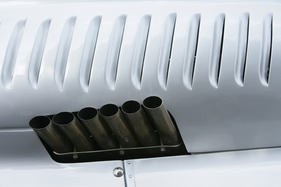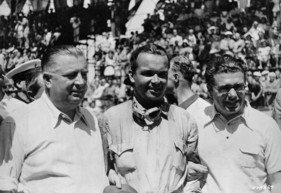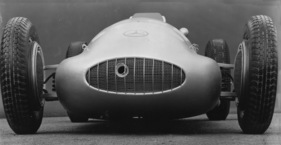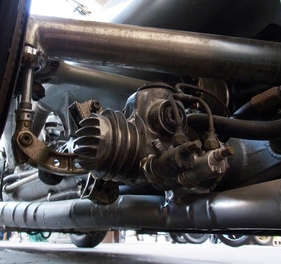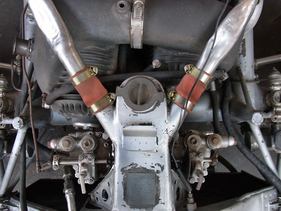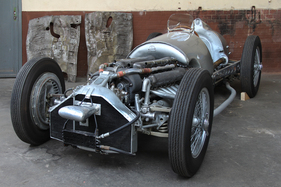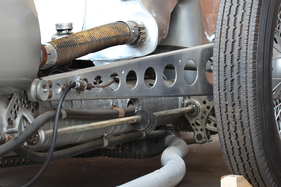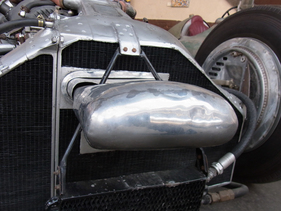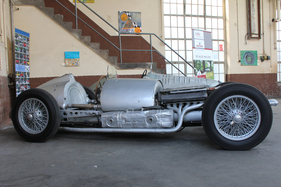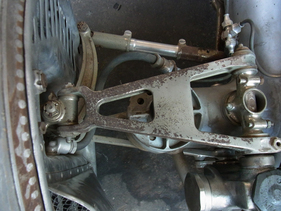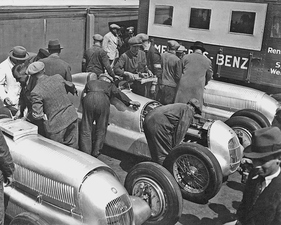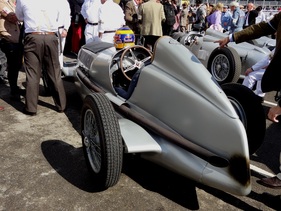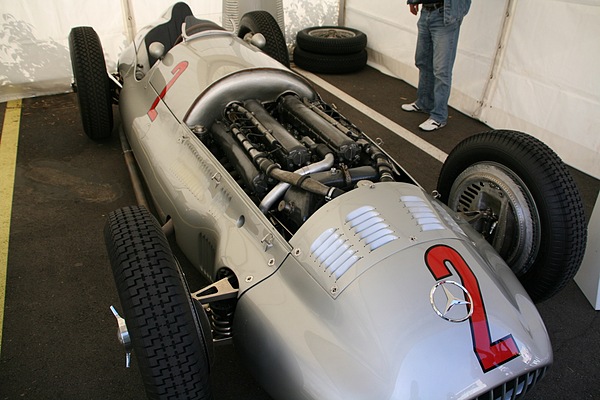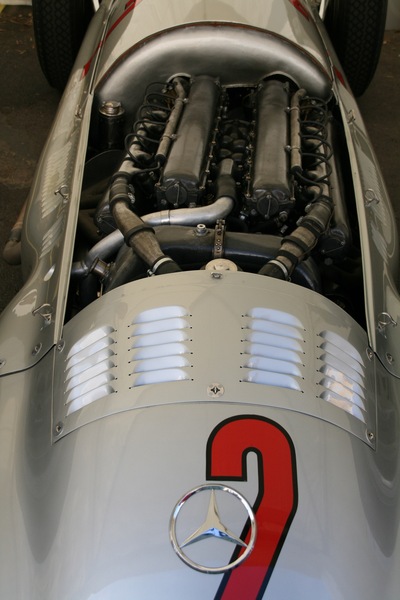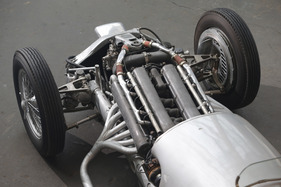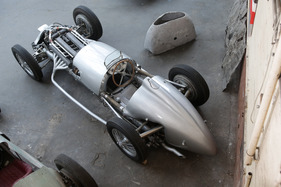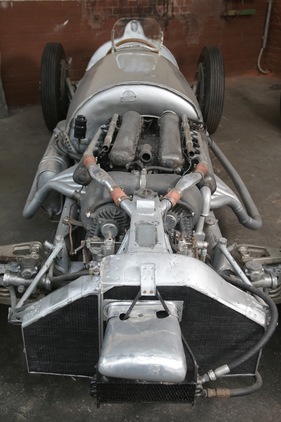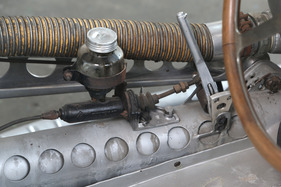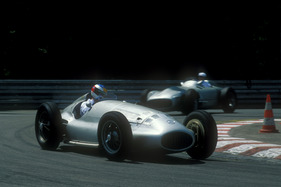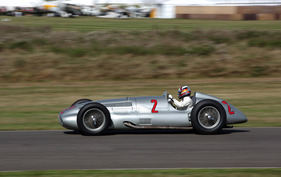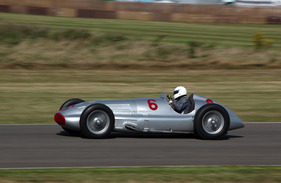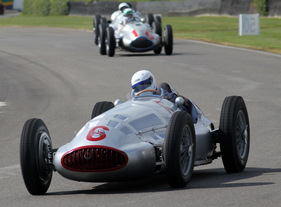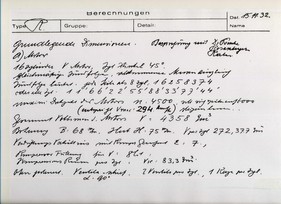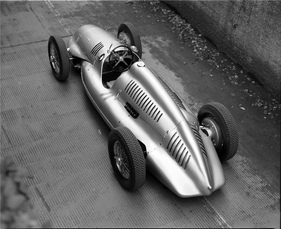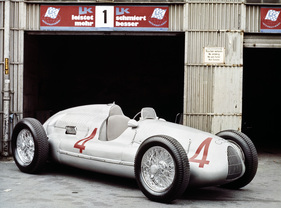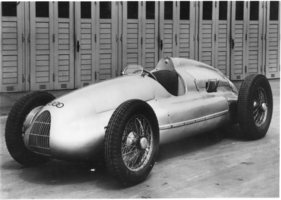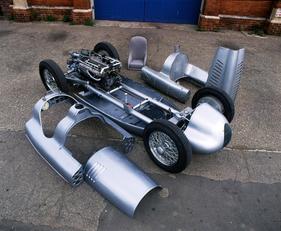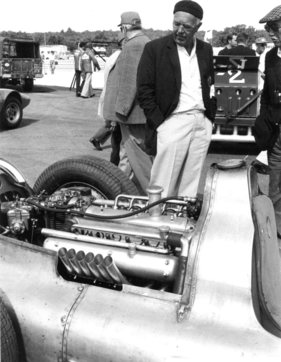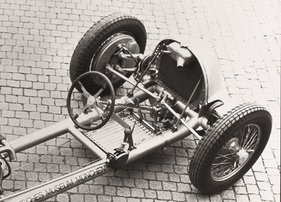Rudolf Uhlenhaut meets Ferdinand Porsche - Mercedes W 154 versus Auto Union Type D
Summary
For the three-liter formula introduced in 1938, both Mercedes-Benz and Auto Union designed new racing cars that were based on concepts proven in previous years, but differed substantially in their design - front engine at Mercedes, mid-engine at Auto Union. Rudolf Uhlenhaut compensated for the disadvantages of the front-mounted engine with many individual design solutions, while Robert Eberan von Eberhorst built on proven Porsche concepts and was able to rely on comparatively simple yet effective solutions. This report compares the Mercedes-Benz W 154 with the Auto Union Type D in detail and with the aid of many pictures, some of which have never been shown before.
This article contains the following chapters
- Example 1: A pioneering racing car sketch
- Example 2 - Patented racing car
- Front engine on Mercedes for better controllability
- Porsche successor Eberhorst
- W 154 and Type D in comparison
- Heavy components between the axles
- Two major disadvantages of the front motor
- Adjustability of the chassis as a competitive advantage
- Elaborate rear axle guide on the Mercedes
- Simpler type D rear axle design
- Converging front axle designs
- Twelve-cylinder engines with superchargers
- Engineering solutions make up for conceptual disadvantages
- Two special wagons
- Further reading
Estimated reading time: 13min
Preview (beginning of the article)
I don't need to say much about Ferdinand Porsche (1875-1951) for Zwischengas readers, except perhaps that as chief technician at Daimler-Benz (1923-1928) he designed such famous front-engined automobiles as the Mercedes S-series, which reached its peak in the SSKL. Two small examples will show that Ferdinand Porsche can certainly be called a genius as a designer: On 12 October 1932, the Porsche office, founded in December 1930, received the news of the decision by the sports commission of the AIACR (International Association of Accredited Automobile Clubs), the forerunner of the FIA, on the racing formula for Grand Prix cars valid from 1934: maximum weight 750 kg without fuel, coolant, oil and tires. The designer had a free hand for the rest. Free displacement, turbocharging and fuel! The challenge of this weight formula, which was implemented for the first time, was for the designer to achieve the optimum within this weight limit using the materials available at the time.
Continue reading this article for free?
Photos of this article





